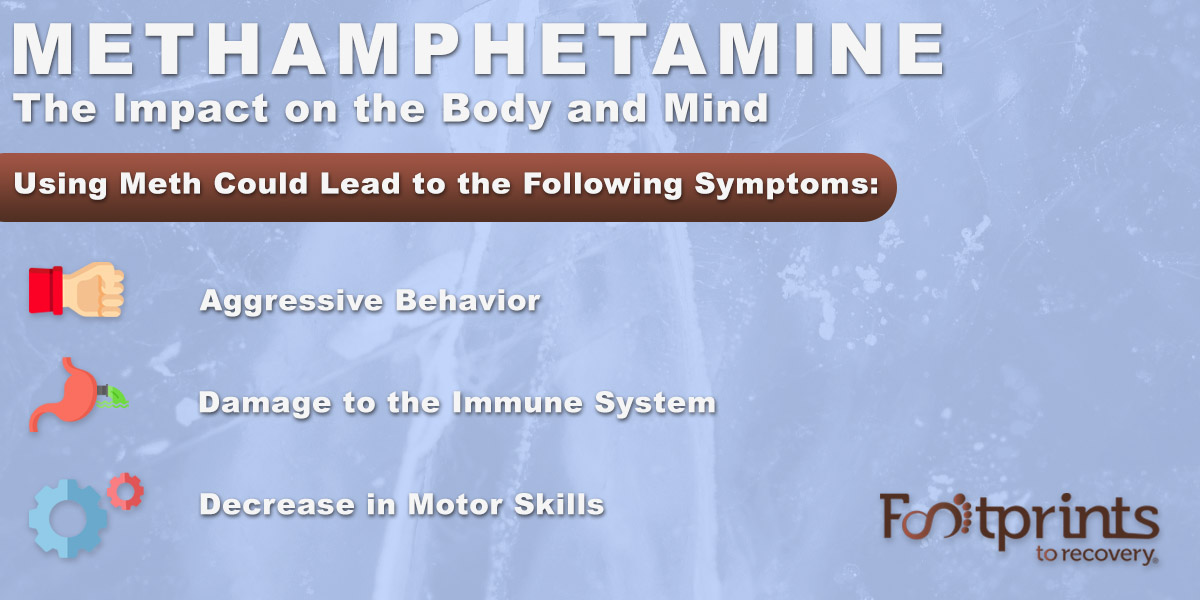Before you keep reading, we thought you may like to download our 3 Positive CBT Exercises for totally free. These science-based exercises will supply you with an in-depth insight into Positive CBT and will offer you the tools to use it in your therapy or training. You can download the complimentary PDF.
A treatment plan will consist of the client or client's personal details, the medical diagnosis (or diagnoses, as is frequently the case with mental disease), a general overview of the treatment prescribed, and area to determine results as the client progresses through treatment. A treatment plan does many things, the most crucial of which consist of: Specifying the problem or disorder Describing the treatment prescribed by the health/mental health professional Setting a timeline for treatment development( whether it's a vague timeline or consists of specific turning points) Recognizing the significant treatment objectives Keeping in mind crucial milestones and objectives This documentation of the most crucial parts of treatment helps the therapist and client remain on the same page, provides an opportunity for conversation of the treatment as planned, and can function as a reminder and inspirational tool. While individuals in comparable scenarios with comparable concerns may have similar treatment strategies, it is essential to comprehend that each treatment strategy is special. There are frequently many different ways to treat the exact same problem often there are dozens of various paths that treatment might take! No two treatment plans will be precisely the exact same, since no two individuals's experiences are precisely the very same. As kept in mind earlier, all treatment plans are different they are special items of the conversations in between a therapist and customer, the therapist's medical understanding, and the customer's shared experience. Even in identical medical diagnoses in comparable people, differences are bound to manifest in any or all of the following elements: History and Demographics client's psychosocial history, history of the signs, any past treatment info Assessment/Diagnosis the therapist or clinician's diagnosis of the client's mental health issues, and any past diagnoses will likewise be kept in mind Presenting Concerns the problems or signs that initially brought the client in Treatment Contract the agreement between the therapist and customer that summarizes the goals of treatment Obligation a section on who is accountable for which elements of treatment (client will be accountable for many, the therapist for others )Strengths the strengths and resources the customer brings to treatment( can include household assistance, character strengths, material support, and so on) Treatment Goals the" foundation" of the strategy, which must be particular, reasonable, tailored for the customer, and quantifiable great site Goals objectives are the larger, more broad outcomes the therapist and client are working for, while numerous goals make up each objective; they are little, possible steps that comprise a goal Technique, Frequency, and Targets various techniques are frequently applied to various goals, needing a plan that pairs methods, a frequency of sessions, expected completion date, etc., with the respective goal Interventions the strategies, workouts, interventions, etc., that will be used in order to work toward each objective Progress/Outcomes an excellent treatment strategy should include space for tracking development towards objectives and goals( Excellent Therapy, 2016) The therapist and customer will work together to get this information down on paper, with the therapist contributing his/her know-how in treatments and treatment results, and the customer contributing competence in his or her own life and experiences. These advantages consist of: Treatment strategies offer a guide to treatment for both the therapist and customer. Treatment plans can lower the danger of fraud, waste, abuse, and the possible to cause unintended damage to clients. Treatment plans help with simple and reliable billing because all services rendered are recorded. Treatment strategies can assist smooth any prospective bumps in treatment, especially if a client needs a kind of treatment the primary therapist can not offer( e.g., a particular type of intervention or a prescription for medication) or should see a new therapist for some other reason (e.g., if the customer or therapist has actually moved, or the therapist is on extended leave, Great Therapy, 2016). Treatment strategies are not necessarily needed to give or receive successful treatment, however they can be incredibly valuable in assisting in a smooth and problem-free treatment experience. Goals and objectives will vary significantly from one person to the next, specifically those dealing with extremely different problems. If you or your client is devoted to change but isn't rather sure where to start, this link of possible objectives can my sources trigger a helpful conversation about where to go from here. For circumstances, a common goal for those fighting with compound abuse may be to give up using their drug of choice or alcohol, while a patient having a hard time with depression might set an objective to minimize their suicidal ideas. In basic, these goals need to be.


practical they need to be reasonable, offered the customer's basic experience and expects the future (which of the following is the most common pharmacological treatment for addiction?). For example, an objective for a private with severe stress and https://freadhmn6e.wixsite.com/rafaeladsp892/post/the-25second-trick-for-addiction-psychiatrists-are-mental-healthcare-professionals-who-are-involved anxiety may be to take 10 steps outside their front door. The next objective might be to make it to the neighborhood market, or approximately 30 steps outside their front door. Meeting each objective will ultimately lead you to satisfy the goal.